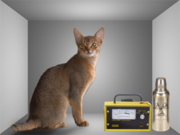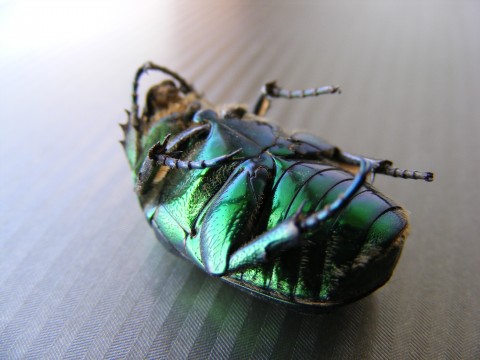
A few years ago I was hearing increasing discussion about the idea that much of the microbiology of the built environment was “stamp collecting” and that the indoor microbiome might consist largely of dead or non-viable material passively deposited indoors. Many pweople argued that there was a need for better tools (or increased use of such tools) to determine which members of the community were actually alive. To discuss this topic I organized a workshop at UC Davis in May 2015, with the deeply original title “Live/Dead Workshop”. The first day consisted of a number of talks/discussion and the second day we outlined the start of a review paper. Over the course of the next two years, that paper actually took shape and was finally published last week as “Schrödinger’s microbes: Tools for distinguishing the living from the dead in microbial ecosystems“. Special thanks to Joanne Emerson and Lynn Rothschild who were the main drivers of the project. Abstract below:
While often obvious for macroscopic organisms, determining whether a microbe is dead or alive is fraught with complications. Fields such as microbial ecology, environmental health, and medical microbiology each determine how best to assess which members of the microbial community are alive, according to their respective scientific and/or regulatory needs. Many of these fields have gone from studying communities on a bulk level to the finescale resolution of microbial populations within consortia. For example, advances in nucleic acid sequencing technologies and downstream bioinformatic analyses have allowed for high-resolution insight into microbial community composition and metabolic potential, yet we know very little about whether such community DNA sequences represent viable microorganisms. In this review, we describe a number of techniques, from microscopy to molecular-based, that have been used to test for viability (live/dead determination) and/or activity in various contexts, including newer techniques that are compatible with or complementary to downstream nucleic acid sequencing. We describe the compatibility of these viability assessments with high-throughput quantification techniques, including flow cytometry and quantitative PCR (qPCR). Although bacterial viability-linked community characterizations are now feasible in many environments and thus are the focus of this critical review, further methods development is needed for complex environmental samples and to more fully capture the diversity of microbes (e.g., eukaryotic microbes and viruses) and metabolic states (e.g., spores) of microbes in natural environments.

What is nucleic acid sequencing?